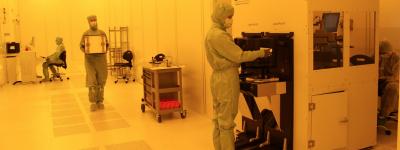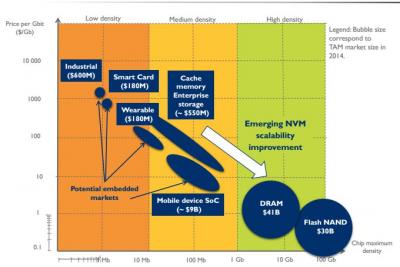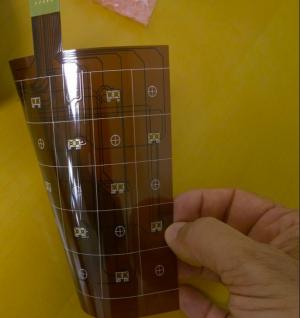Crocus Nano Electronics successfully tests its 90 nm pMTJ STT-MRAM tech
Crocus Nano Electronics (CNE) announced successful test results for its 90 nm pMTJ STT-MRAM technology. The company says it has developed unique materials that are able to deliver high data retention, tolerance to external magnetic fields and low switching currents. The company expects to produce its first engineering samples in later in 2018.

CNE also reports that it complete the design of its STT-MRAM test chip for further technology improvement in cooperation with eVaderis. Together with eVaderis, CNE created a "universal memory chip" able to serve as a platform for technology development through a wide range of MTJ sizes, currents and voltages ranges.









